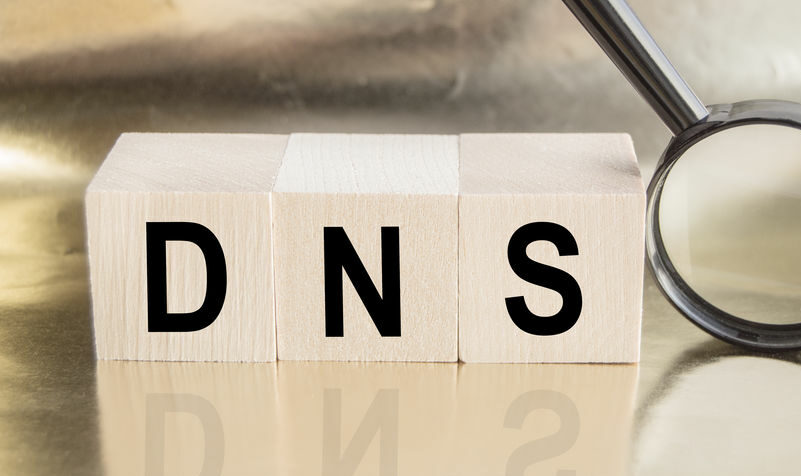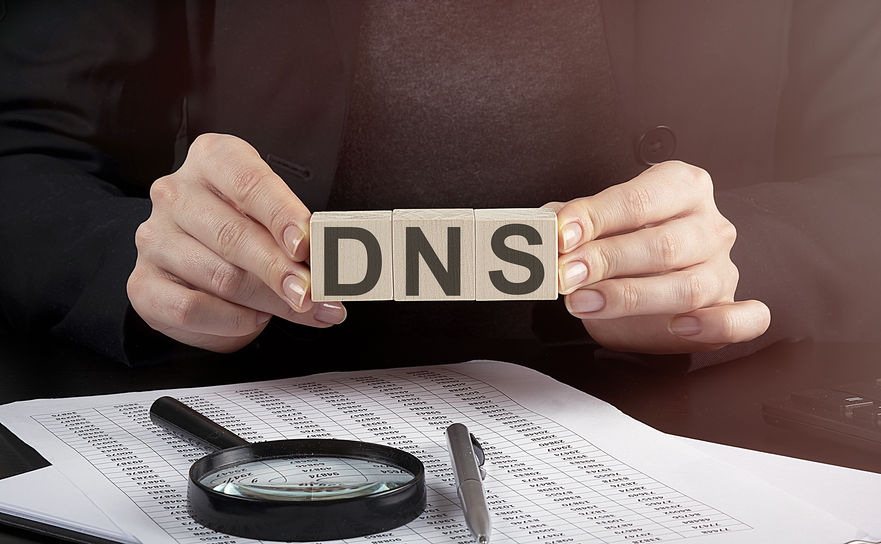Domain Name System (DNS) is a great invention no matter its credit is not always recognized. And that is because it’s absolutely needed but invisible for regular users. But the situation is different for network administrators, IT teams, and online business owners. They all know that to make websites, and other resources accessible for people means profits for them.
There is no gain without Domain Name System functionality. Everything you want to offer online, from content to products or services, needs to be shown through websites. And to load them for clients can’t happen without the DNS resolution.
We can talk long about DNS functionality, but let’s focus this time on one important DNS component, the recursive DNS server.
What is the Domain Name System (DNS)?
Domain Name System is what makes it possible to translate domain names, commonly used by clients, into IP addresses, the common language that machines use to communicate between them.
Before DNS existed, accessing the Internet was a more complex experience. You needed to type IP addresses in order to reach the domains you wanted to visit. This meant writing long sequences of numbers on the browser. It was not a fast task. Long numbers were not exactly easy to keep in mind, and the chances of typos were high.
What do you prefer to type? exampleshop.com or its IP address 183.22.249.1.?
DNS was created to make this process as simple as it is now. You can remember easy domain names. And DNS tells machines in their language what domains to look for.
What is a Recursive DNS server?
First, a note about the word” recursion” is included in this server’s name. In computing science, recursion is a way to solve a problem. More specifically, a solution or process that will repeat itself at the necessary times to accomplish its goal.
A recursive DNS server is responsible for searching the required data to answer the clients’ requests.
When a client requests a specific domain name, a recursive DNS server will search for its corresponding IP address until it gets it. Then, it will send it to the browser where the request came from. With that information, the device will connect and reach the domain for the client.
A recursive server can work, searching for DNS information, in two different ways.
Choice #1. The cache of a recursive DNS server can be configured to hold data during a determined time lapse. It can be a short or long time. This decision is totally in the administrators’ hands, and it will be taken based on what is more convenient for the network’s design they manage. Technically, this time is set through the time-to-live (TTL) value.
Given this context, choice number one that a recursive server has is to search the DNS information required to answer clients’ requests directly in its cache. If the information is still available or not in the cache will depend on the TTL value previously set. In a positive case, answering the clients’ requests will be quick and simple.
Choice #2. It’s possible that when the recursive takes the choice of searching for the corresponding IP address in its cache, TTL has expired. Then, it will have to look for it in other servers. Specifically, what it needs is an authoritative type of server because they store such DNS information. The process will take longer but remember, it’s milliseconds, not hours.
Reviewing, a recursive server is a searcher of DNS information. It can hold it for a while in its cache to make its task quicker and more efficient. But that’s it.
Conclusion
Recursive DNS servers are key on networks for the DNS resolution to happen successfully. Multiply this functionality we just review by the wide number of recursive servers working in every network of the planet, and you could get a clue of their value.









